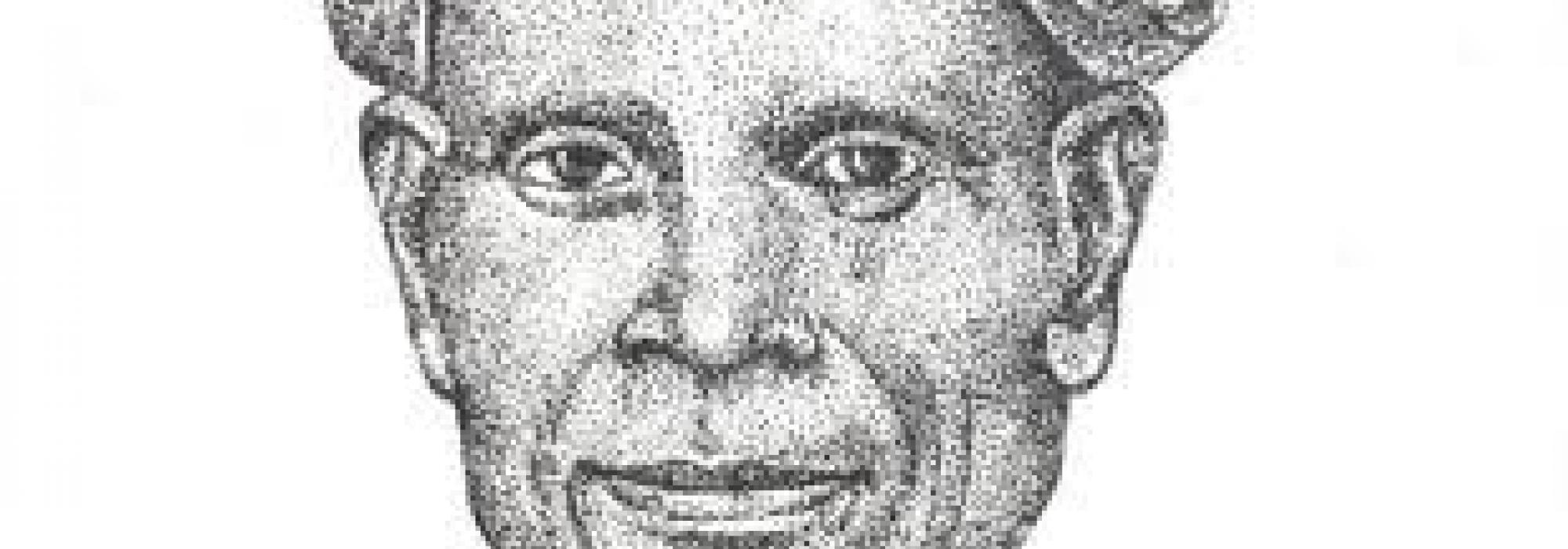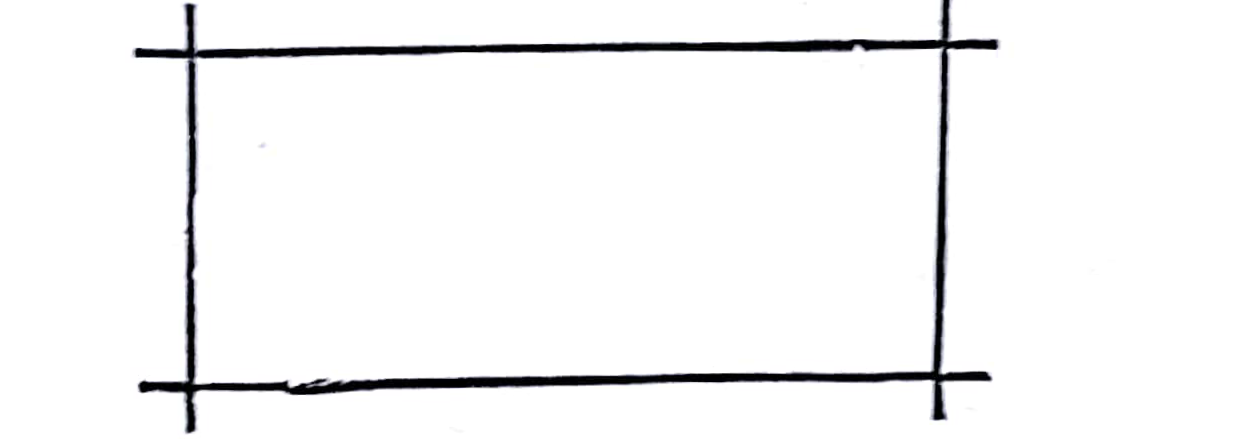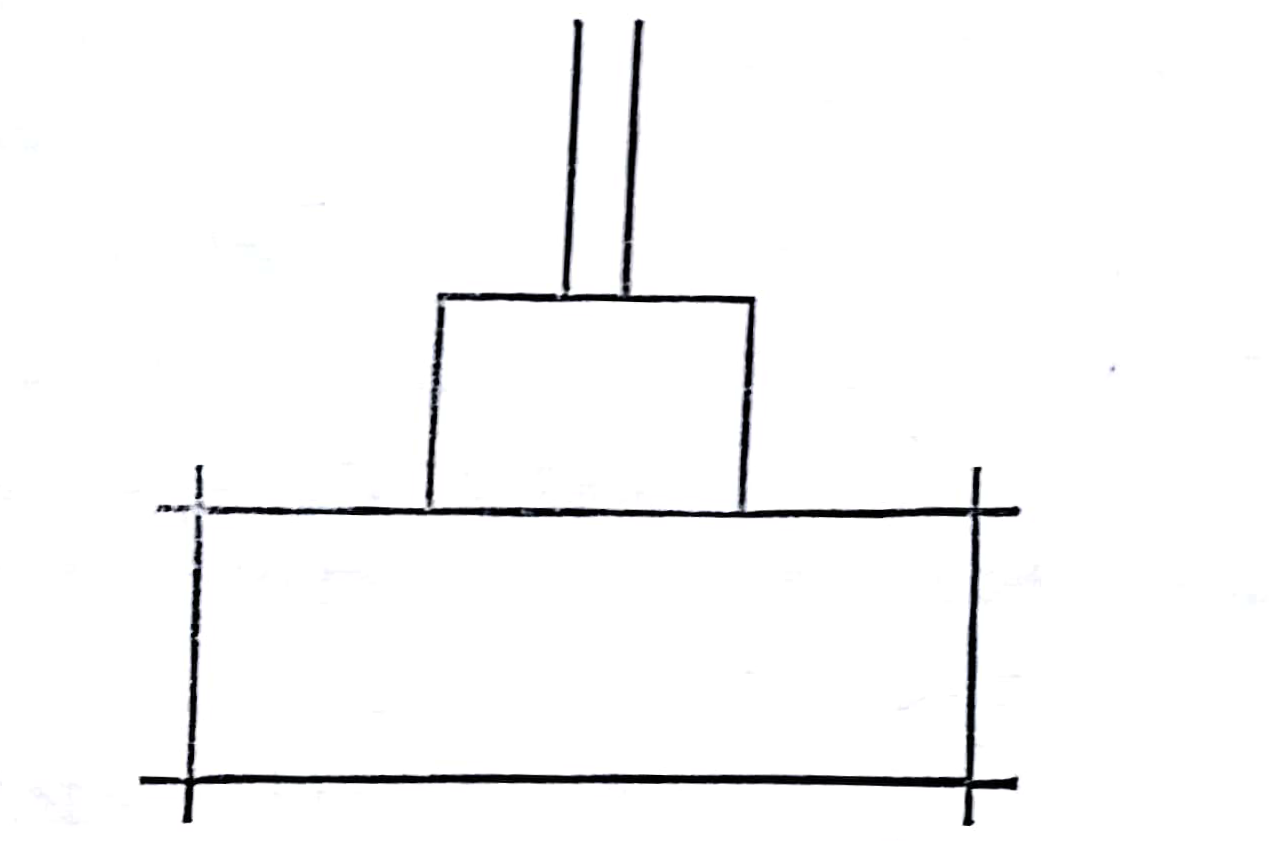A Conspiracy
There was a conspiracy against Venkatanaranappa when he was serving as the Physics lecturer at the Central College. Venakatanarappa’s promotion was due, but an ambitious colleague desirous of promotion proved to be an obstacle. Every day, the colleague made it a habit—a hobby, rather!—to stand by the window of the classroom in which Venkatanaranappa taught, listening to the class; he waited for an opportunity to catch a mistake in the lesson. Should there be a slight slip in Venakanaranappa’s delivery, the colleague immediately rushed to the principal, John Cook to complain – all in discretion. This gradually tarnished Venkatanaranappa’s reputation and created a hurdle for his increment. This was the kind of conspiracy which he carried out for a few days. Can this be hidden for long? There are hundreds who walk along the corridors next to the classroom (and the colleague always stood in one of those corridors by the classroom windows waiting for a chance to catch Venakatanarapa’s mistake). A certain person who had observed the colleague listening through the window regularly was suspicious and communicated his suspicion to the principal. One day, John Cook went on a surprise visit to take a stock of the situation. He stood behind the conspirer who was stealthily listening and said “If you are so curious, you can sit in the classroom and listen to him, right?” There ended the conspiracy.
Career – Preparation for Classes
During his time as a lecturer at the Central College, and later, as he grew to be a senior professor, Venkatanarappa never gave up his practise of mentally preparing whatever had to be taught on a particular day. He spent time every morning collecting his thoughts on the subject that had to be taught. On one occasion, at around seven in the morning, I was taking a stroll with a friend of mine. We went up the Narahariraya Hill (which later came to be called Mount Joy) and were surprised to see Venkatanaranappa seated right before the temple. He was seated on a gunny bag with a pen and a paper in hand. It appeared that he was doing some calculations.
I asked him, “What is this, sir?”
Venkatanaranappa said, “A problem that needs to be worked out in today’s class.”
“Sir, do you need to work out the problem at home? You are a great scholar of Mathematics!”
He said, “Our scholarship can only take us as far as passing the exams. I have extremely intelligent students in my class and they can easily figure out when I make a mistake. They ask really intriguing questions. If any student finds out that I’m not prepared well for the class, it will bring my image down in my own eyes. It is a teacher’s duty to regularly study the texts. If I go without studying for the day’s lessons and if I don’t spend enough time contemplating on it, I will be disloyal to my own job!”
There is yet another instance that comes to my mind as I narrate this.
D Venkataramaiah
D Venkataramaiah was one of the most famous lecturers of our country. Merely by the high quality of the answers he had written in his BA exam, Baba Saheb appointed him as a lecturer even before the results were announced. Baba Saheb did not want to let such a brilliant student go away. Venkataramaiah wanted a job and he was appointed as a lecturer of English at the Maharani Patashala. Venkataramaiah successfully completed his first month at work. On the first day of the following month, when he returned home he discovered that his father was expecting him to hand over his earnings to run the family. The son, however, had a different plan for his income. He told his father, “I received my salary – fifty rupees. I needed an English dictionary to aid my teaching. The cost of the dictionary was sixty rupees, thus, I have a debt of ten rupees, which I will need to pay back once I receive my second salary.”
His father said, “We are poor, son! We relied on you. As though your studies all these years weren’t sufficient, you still need money for books?”
“For my teaching at the college to be effective, I will need to prepare myself beforehand. I must give a lecture on Shakespeare’s Merchant of Venice in class. Without exploring the depths of Shakespeare, my teaching will neither be fruitful nor satisfactory. A scholar called Schmidt has prepared a dictionary just to help understand Shakespeare. Without the book, my study is incomplete. Without proper study, my classes will be meaningless. Thus, the book is essential to me. I will be able to retain the job only by going through the book.”
Listening to the son’s explanation, the father was satisfied and felt proud of him. This pride probably helped him forget his penury, temporarily.
Teaching Science
Venkatanaranappa was enthusiastic about teaching science. He once went around different schools to assess the scientific knowledge and skill that students possessed.
Science is not about facts but falls under the intellectual domain that requires analytical thinking. It is the job of science to provide logical explanations to the sequence of causes and effects. Why is this so? How is that so? What is this? How are the two related? – one needs to analyse all this.
During his visit to one of the schools, Venakanaranappa went to a classroom, picked up a piece of chalk, and drew four straight lines in the following manner on the blackboard.
He drew three straight lines on the top and added two parallel lines above it.
“What is this?” he asked the students.
No one answered.
“Haven’t you seen something like this?”
No answer.
“How do you light a lamp in your kitchen or bathroom?” he asked.
One of the boys replied, “Yes sir, we use something that is identical in shape!”
“What is it called?”
Silence.
“Isn’t this called ‘buḍḍi’?”
All students—in chorus—said, “Yes sir! This is buḍḍi!”
Venakatanaranappa turned towards the lecturer and said, “This is really important in science. If this kind of skill doesn’t grow, science will have no place. We will need to identify similarities and differences between objects before trying to understand causal relationships.”
It was because of such experiences that Venkatanaranappa found it important to popularise science.
Maḍi (Conservatism)
Venkatanaranappa was a Professor of Physics at the Central College. Back then, he had to teach human anatomy and physiology as a part of the course work. Usually, models of different parts of the human body made out of porcelain were used as teaching aids. Venakatanaranappa used a long stick to point at the different parts, making sure that the stick was at least a foot away from the objects – he made sure that the stick never touched the body parts. “Here is the stomach, that is liver and this is the intestine. There lies the lung,” he would say.
His students came up with two different reasons to explain why he held the stick at a distance from the objects – i. they are like dead parts of a human body, hence cannot be touched and ii. they are made of mud and might break upon touching.
The first reason kindled laughter in the class. His ‘maḍi’ (conservatism) made him remain at a distance from the look-alikes of human body parts!
This, however, hardly deterred his teaching. Dr. S Subbarao, Dr. B K Narayana Rao, and others, who later became senior surgeons, were students of Venkatanaranappa. They fondly recall his anatomy classes and say that his method of teaching was extremely impactful. His conservative mind hardly let his efficiency down!
The anatomy book that Venkatanaranappa has written for the Mysore University is found to be profound and reliable in every way. The elaboration of topics, their presentation, style of writing, and the choice of words – all are apt, and the work is exemplary.
This is the seventeeth essay in D V Gundappa’s magnum-opus Jnapakachitrashaale (Volume 3) – Sahityopasakaru. Thanks to Hari Ravikumar for his thorough review
















































